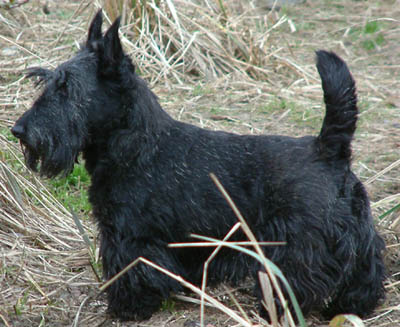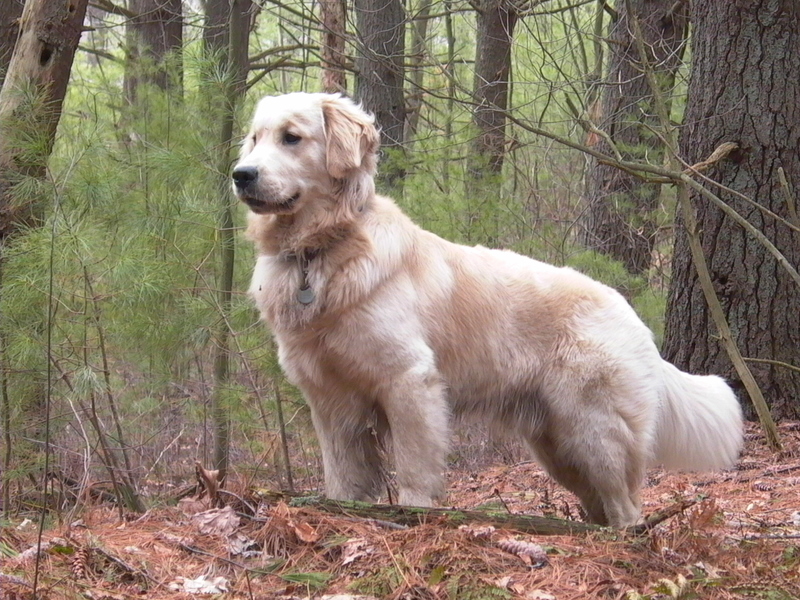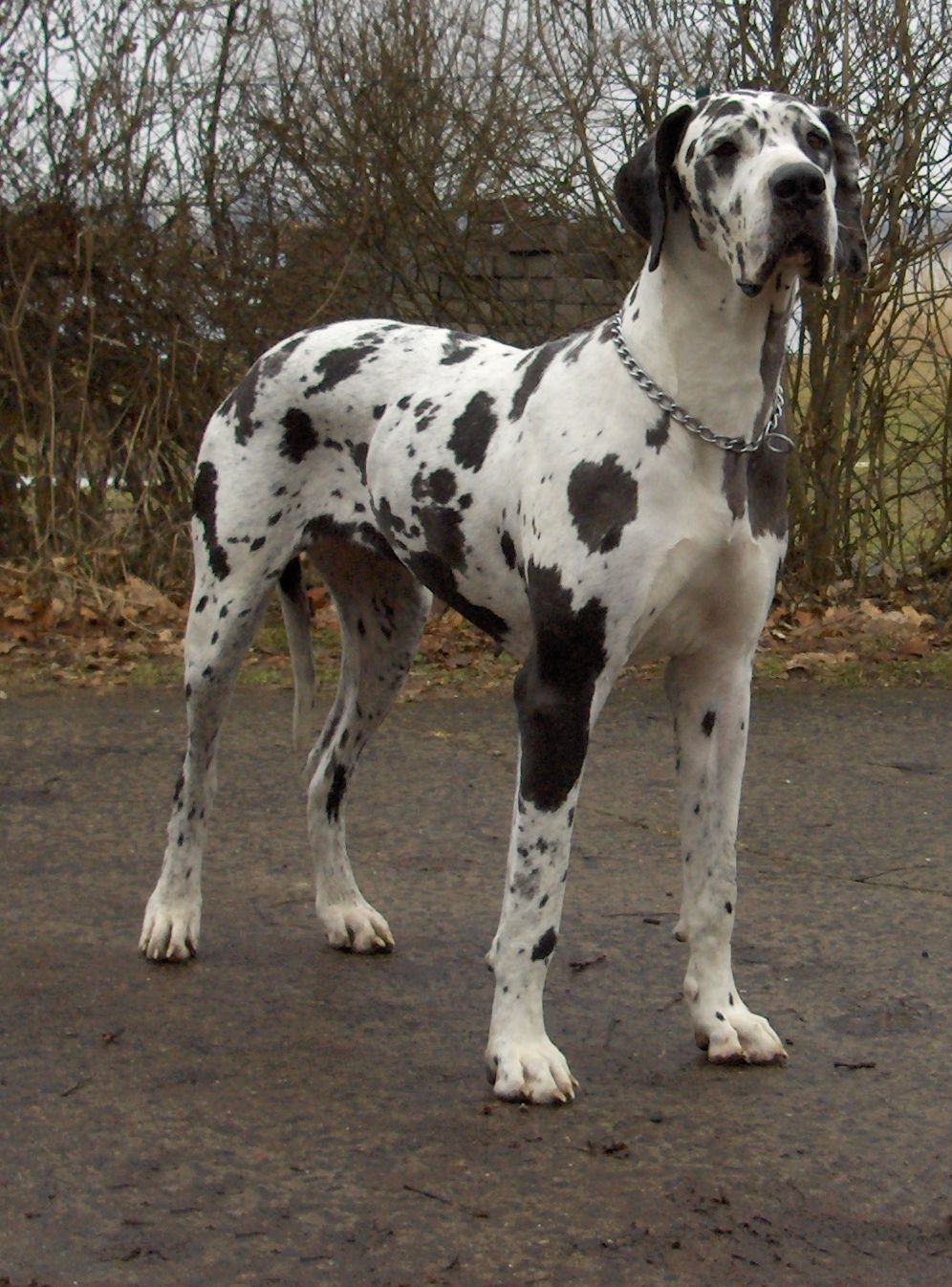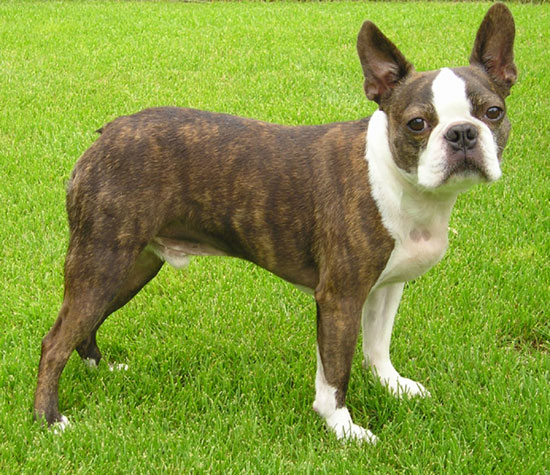I am already preparing to go to sleep as I have just finished researching cases for my report tomorrow at Criminal Procedure, when the lil' puppy of our neighbor started to incessantly bark and wail and yelp. I have gotten quite used to those kinds of noises as we have an array of large dogs ourselves.
Currently, we have 4 dogs at home; a very large Rottweiler named Brando II, a Doberman Pinscher named Bruce, 2 Aspins (Asong-Pinoy, it is a more humane and politically correct term than Asong-Kalye or Askals) named Blackie (he is almost 16 years old) and Tootsie, the orphan dog who followed me from the street. We also used to own an entire pack of Boxers (Brando I, Aiza, Butch, and Bruice), who are now in the possession of relatives. Plus, there are a lot of past dogs, now resting in God's peace, who I can still name and pinpoint with accuracy, their hallowed burial grounds (try me)...hehe!
So in generally speaking, you can say that our family loves dogs. I myself is an avid fan of this canine creatures. I have grown some fondness for this pets, and I consider them a part of me as a person. I cannot imagine myself living a life without pets, especially dogs. So they say, that dogs are man's best friend.
Well, going in to the bread and butter of this entry, I am about to list the Top 10 dogs in my view. I have a personal criteria for choosing my list, which may or may not be the same as professional canine breeders. Size, intelligence, maintenance, guard skills and obedience (attitude) are foremost characteristics, which in my opinion, a dog should possess. As such, here are my Top 10 dogs, in ascending order.
-------------------------------------------------------------------------------------------------
 No. 10 - Scottish Terrier
No. 10 - Scottish Terrier
Scotties, like most terriers, are alert, quick and feisty — perhaps even more so than other terrier breeds. The breed is known to be independent and self-assured, playful, intelligent and has been nicknamed the 'Diehard' because of its rugged nature and endless determination.
Its size is suitable for small areas, such as condos or city homes, as they do not grow more than 15 inches in height. They also weigh suitably. It is one intelligent breed of dog, known to follow the commands of its owner, although it is a bit temperamental, and at times, particularly stubborn. Because the breed is inclined to be stubborn, it needs firm, gentle handling from an early age or it will dominate the household. They are sometimes seen as an aloof breed, although it is actually very loyal to its family and they are known to attach themselves to one or two people in their pack. The Scottish terrier makes a good watchdog due to its tendency to bark only when necessary and because it is typically reserved with strangers.
The only reservation I have with this breed of dog is that it requires constant grooming, as it has a hard, wiry, long, weather-resistant outer coat and a soft dense under coat. The coat is typically trimmed and blended, with a longer coat on the beard, eyebrows, legs and lower body — traditionally shaggy-to-the-ground, if you want to maintain the terrier look. Further, in a tropical climate, it may cause frquent shedding, which is obviously a negative with regard to asthmatic kids.
-------------------------------------------------------------------------------------------------
 No. 9 - Dobermann Pinscher
No. 9 - Dobermann Pinscher
Doberman Pinschers are, in general, gentle, loyal, loving, and intelligent dogs. Although there is variation in temperament, a typical pet Doberman attacks only if it has been mistreated or believes that it, its property, or its family are in danger. According to the US Centers for Disease Control, the Doberman Pinscher is less frequently involved in attacks on humans resulting in fatalities than several other dog breeds such as pit bull-type dogs, German Shepherd Dogs, Rottweilers and Alaskan Malamutes. Those familiar with the breed consider well-bred and properly socialized Doberman Pinschers to be excellent pets and companions, suitable for families with other dog breeds, excellent with young children, and even cats. The modern Doberman Pinscher is well known as a loyal and devoted family member. The stigma associated with the breed, however, prevents many renters from being able to have the particular breed in their home or apartment.
-------------------------------------------------------------------------------------------------

No. 8 - Golden Retriever
The Golden Retriever is a breed of dog, historically developed as a gundog to retrieve shot waterfowl and upland game during hunting. As such they were bred to have a soft mouth to retrieve game undamaged and an instinctive love of water. Their intelligence and versatility sees them employed in a variety of roles including illegal drug detection, search and rescue, as hunting dogs and as guide dogs. Its friendly, eager-to-please nature and patient demeanor has also made it one of the most popular family dogs in the world today.
Golden Retrievers are compatible with children and adults and are good with other dogs, cats and most livestock. Golden Retrievers are particularly valued for their high level of sociability towards people, calmness, and willingness to learn. Because of this, they are commonly used as guide dogs, mobility assistance dogs, and search and rescue dogs. They are friendly and tend to learn tricks easily.
Despite being an ace over the other criteria, the temperament of the Golden Retriever is a hallmark of the breed and is described in the standard as "kindly, friendly and confident". They are not "one man dogs" and are generally equally amiable with both strangers and those familiar to them. Their trusting, gentle disposition therefore makes them a poor guard dog.
-------------------------------------------------------------------------------------------------
 No. 7 - Great Dane
No. 7 - Great Dane
The Great Dane, Danish Hound, or German Mastiff, is a breed of domestic dog known for its giant size and gentle personality. The breed is commonly referred to as the "Gentle giant" and the "Apollo of all breeds". Great Danes are considered one of the tallest dog breeds.
The Great Dane's large and imposing appearance belies its friendly nature; the breed is often referred to as a gentle giant. Great Danes are generally well-disposed toward other dogs, other non-canine pets, wild animals, and humans (including strangers and children). Some Great Danes--as with dogs of any breed--may have dominance issues, may be aggressive with other dogs of the same sex, or chase small animals; however, this is quite rare.
-------------------------------------------------------------------------------------------------
 No. 6 - Rottweiler
No. 6 - Rottweiler
In the hands of a responsible owner, a well trained and socialized Rottweiler can be a reliable, alert dog and a loving companion. Rottweilers are very affectionate, good natured and family oriented. However, any poorly trained dog can become a danger in the wrong circumstances, especially a strong dog. Rottweilers that are well trained and cared for can be as well behaved as any other dog and in general they are very fond of children, very devoted, quick to learn, and eager to please. However, if they are not receiving the mental stimulation they need, they will find creative and sometimes destructive ways to elicit it. Such behavioral problems as chewing and barking for attention can be a result of lack of human interaction. The Rottweiler is a working dog that is also good for protection of children, as well as guard duties. Rottweilers are truly happy with a “job”.
The Rottweiler is a steady dog with a self-assured nature, but early socialization and exposure to as many new people, animals, and situations as possible is very important in developing these qualities. The Rottweiler also has a natural tendency to assert dominance if not properly trained. Rottweilers' large size and strength make this an important point to consider: an untrained, poorly trained, or abused Rottweiler can learn to be extremely aggressive and destructive and, if allowed to run at large, can pose a significant physical threat to humans or other animals. They can be strong-willed and should be trained in a firm and consistent manner. The owner must be perceived by the dog as the leader. If the owner fails to achieve this status the Rottweiler will readily take on the role. Aggression in Rottweilers is associated with poor breeding, poor handling, lack of socialization, natural guarding tendencies, and especially abuse.
The Rottweiler is not usually a barker. Male dogs are silent watchers that notice everything before they attack. When the male attacks, he tends to go very still, there's no warning growl or movement and are often quite stoic. Females may become problem barkers in order to protect their den. An attentive owner is usually able to recognize when a Rottweiler perceives a threat. Barking is usually a sign of annoyance with external factors (car alarms or other disturbances) rather than a response to actual threats.
-------------------------------------------------------------------------------------------------

No. 5 - Boston Terrier
Boston Terriers are mainly energetic, friendly, and rambunctious dogs. They have very strong, lovable, unforgettable personalities. They need owners that can keep up with the alert, loud temperament of this dog. Bostons can range in temperaments from those that are eager to please their master to those that are more stubborn. Both can be easily trained given a patient and assertive owner.
While originally bred for fighting, they were later down bred for companionship. The modern Boston Terrier can be gentle, alert, expressive, and well-mannered. Many still retain the spunky attitude of the typical terrier. Be aware of much dominance, especially toward other dogs and domesticated animals. Some Bostons enjoy having another one for companionship. Both females and males generally bark only when necessary. Having been bred as a companion dog, they enjoy being around people, and, if properly socialized, get along well with children, the elderly, other canines, and non-canine pets. Some Boston Terriers are very cuddly, while others are more independent.
Bostons are generally within the set criteria. But a very stringent necessity for frequent health visits prove to be the lesser of its erstwhile good characteristics. Being a small breed, it has health complications associated with dog breeds of similar size. Plus, its temperament may prove to be a problem for Bostons who were not properly oriented.
-------------------------------------------------------------------------------------------------
.jpg) No. 4 - Boxer
No. 4 - Boxer
Boxers are a bright, energetic and playful breed and tend to be very good with children. They are active dogs and require adequate exercise to prevent boredom-associated behaviors such as chewing or digging. Boxers have earned a slight reputation of being "headstrong", which can be related to inappropriate obedience training. Sometimes, its too much playful demeanor can be a pain in the neck for some owners. Owing to their intelligence and working breed characteristics, training based on corrections often has limited usefulness. Boxers often respond much better to positive reinforcement techniques such as clicker training, which affords the dog an opportunity to think independently and to problem-solve.
The Boxer by nature is not an aggressive or vicious breed, but it does need socialization. Boxers are generally patient with smaller dogs and puppies, but issues with larger adult dogs, especially those of the same sex, may occur. Boxers are generally more comfortable with companionship, in either human or canine form.
Boxers are friendly, lively companions that are popular as family dogs.Their suspicion of strangers, alertness, agility, and strength make them formidable guard dogs. They sometimes appear at dog agility or obedience trials and flyball events. These strong and intelligent animals have also been used as service dogs, guide dogs for the blind, therapy dogs, police dogs in K9 units, and occasionally herding cattle or sheep.
-------------------------------------------------------------------------------------------------

No. 3 - German Shepherd
Shepherds are skilled working dogs due to their intelligence, strength and obedience, and are commonly used as Police dogs and military attack dogs. Despite their potential ferocity, due to their loyal and protective nature the breed make good housepets and guard dogs.
German Shepherds are a large-breed dog which are generally between 23 and 25 inches (60 to 65 cm) at the withers and weigh between 65 and 88 lb (30 to 40 kg). They have a domed forehead, a long square-cut muzzle and a black nose. The jaws are strong, with a scissor-like bite. The eyes are medium-sized and brown with a lively, intelligent and self-assured look. The ears are large and stand erect, open at the front and parallel, they are often pulled back during movement. They have a long neck, which is raised when excited and lowered when moving at a fast pace. The tail is bushy and reaches to the hock.
Shepherds were specifically bred for their intelligence, a trait they are now renowned for. They are considered to be the third most intelligent breed of dog, behind Border Collies and Poodles. German Shepherds are highly active dogs, fearless but not hostile and are often described in breed standards as self-assured and never shy. The breed is marked by a willingness to learn and an eagerness to have a purpose. Shepherds can become over-protective of their family and territory, especially if not socialised correctly. Due to their loyal nature Shepherds bond well with children they know. While typically approachable, Shepherds do not become immediate friends with strangers. German Shepherds are highly obedient and not easily distracted, but due to their self-strong will must be trained by a "firm hand."
-------------------------------------------------------------------------------------------------

No. 2 - Maltese
For all their diminutive size, Maltese seem to be without fear. In fact, many Maltese seem relatively indifferent to creatures/objects larger than themselves, which makes them very easy to socialize with other dogs, and even cats. They are always happy, cheerful, smart and do not like to get into trouble. They tend to get very lonely if the master is not with them and taken care of and it doesn't like being left out. This is because they were bred to be companion dogs and thrive on love and attention. They are extremely lively and playful, and even as a Maltese ages, his/her energy level and playful demeanor remain fairly constant and does not diminish much.
Maltese are very good with children and infants. Maltese can sometimes be snappy and mean. Maltese do not require much physical exercise, although they should be walked daily to reduce problem behavior. They enjoy running and are more inclined to play games of chase, rather than play with toys. Maltese can be snappy with littler children and should always be supervised when playing. Socializing at a young age will reduce this habit. They can be very demanding and, true to their nature as "lap dogs", love to cuddle and often seek this sort of attention. The Maltese is very active in the house, and, preferring enclosed spaces, does very well with small yards. For this reason the breed also does well with apartments and townhouses, and is a prized pet of urban dwellers. They are incredibly friendly dogs to people they know. With strangers they will make a high pitched bark but will quiet down if the person means no harm.
-------------------------------------------------------------------------------------------------
No. 1 - Pug
It is a toy dog breed with a wrinkly face and medium-small body. The breed is often summarized as multum in parvo ("much in little"), describing the Pug's remarkable personality despite its small size.
The stern expression of the Pug belies its true sense of fun. Pugs are sociable dogs, and usually stubborn about certain things, but they are playful, charming, clever and are known to succeed in dog obedience skills. Pugs are sensitive to the tone of a human voice, so harsh punishment is generally unnecessary. While Pugs usually get along well with other dogs and pets, they generally prefer the company of humans and require a great deal of human attention; they may become slightly anxious or agitated if their owner ignores them or does not play with them; however some may happily occupy themselves when the owner is away. In general, they are very attentive dogs, always at their owner's feet, in their lap, or following them from room to room.

No comments:
Post a Comment